Rye House: Childhood Home of Katherine Parr
This stop on the journey of Henry VIII’s six wives takes us to rural Hertfordshire. As we learn more about the Tudor manors, castles and palaces these women lived, we see their lives afresh, understanding the influences and environments that shaped them. This blog includes some snippets from my book, In The Footsteps of the Six Wives of Henry VIII. You can purchase a copy from most online retailers if you’d like to learn more about the 70 or so locations detailed in the book. However, if you want an extra special treat for yourself or a loved one, why not head to my shop here. All books purchased from The Tudor Travel Guide store are personally signed and include a dedication to yourself or a loved one.
In the meantime, let’s head back to the sixteenth century and search for the early years of Katherine Parr…
In Search of Katherine Parr
What forces shaped Katherine Parr into the woman she later became: learned, compassionate, kind and wise? Whilst much is said of her later life, what about Katherine’s childhood? Where was she raised, and in what kind of environment? What type of schooling did she have? Who did she grow up with, and who were the key influencers in her early years? Today, we will be looking at some of these questions as we time travel to Hertfordshire, a county just north of London and visit, in particular, Rye House, the childhood home of Katherine Parr.
At some point during the first few years of Katherine’s life, Rye House in rural Hertfordshire became the Parr children’s permanent home. Here, Katherine and her younger siblings, William and Anne, would spend their formative years being educated alongside several cousins, including Maud, eldest daughter of Katherine’s uncle, William Parr of Horton.
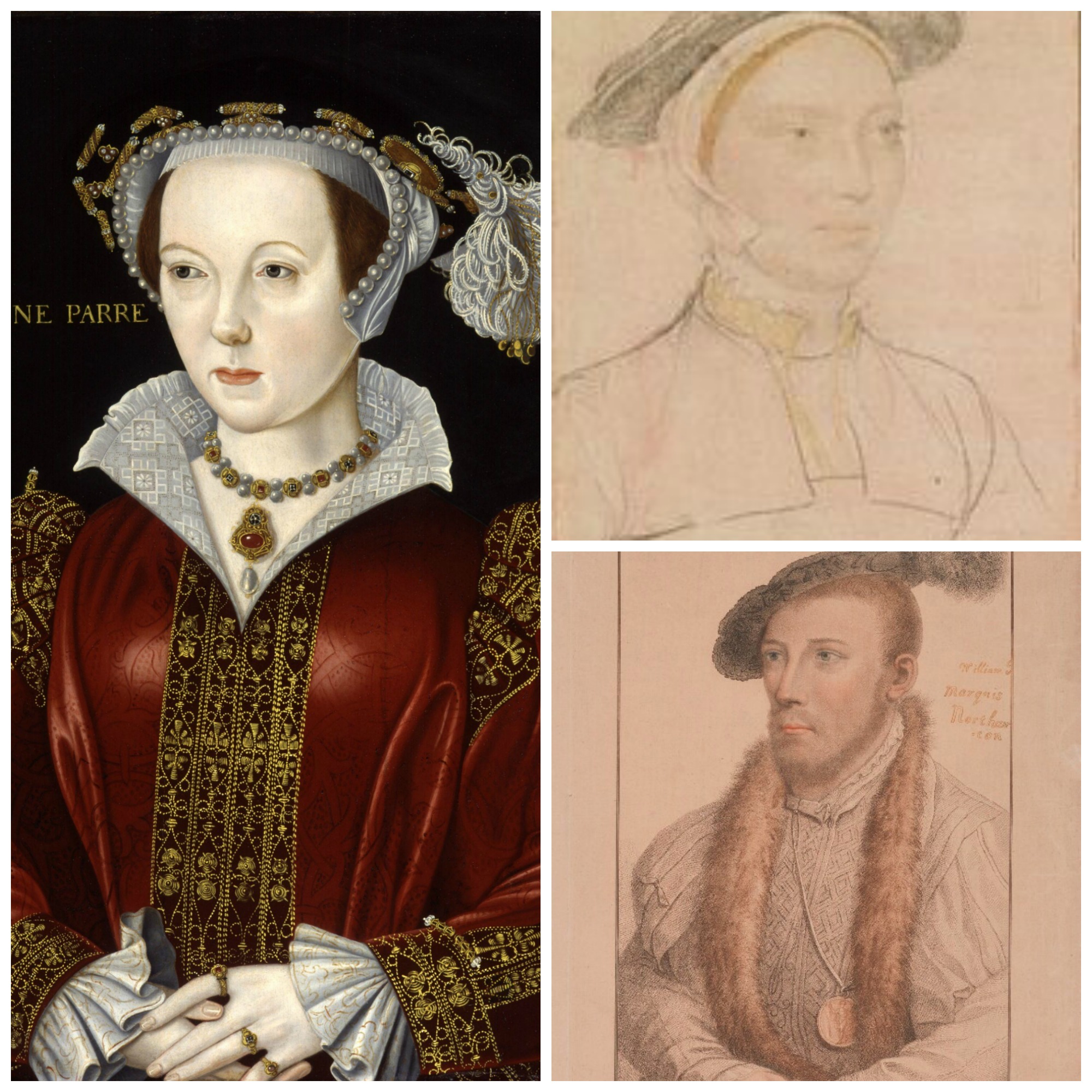
It was the beginning of a lifelong friendship. Alongside Katherine’s younger sister Anne, Maud would become one of Katherine’s closest friends and confidantes, even serving the dowager queen during her final few months at Sudeley Castle (see ‘Sudeley Castle: The Remarkable Life and Shocking Death of Katherine Parr‘).
Rye House, Childhood Home of Katherine Parr
The Parrs moved to Rye House after leasing it from Sir Thomas’s cousin, Sir Andrew Ogard. However, not long after establishing the household there, on 11 November 1517, Sir Thomas Parr died of the sweating sickness at his London home in Blackfriars. He was forty years of age.
In death, Katherine’s mother would be interred next to her husband in the now-lost church of St Anne’s, Blackfriars, close to the family’s city base. However, despite the apparent importance of this residence, it seems Sir Thomas and Lady Maud opted instead for a rural upbringing for their offspring, a common practice for wealthy Tudor families. It was a healthier environment for children with abundant, green, open spaces and healthy fresh air.
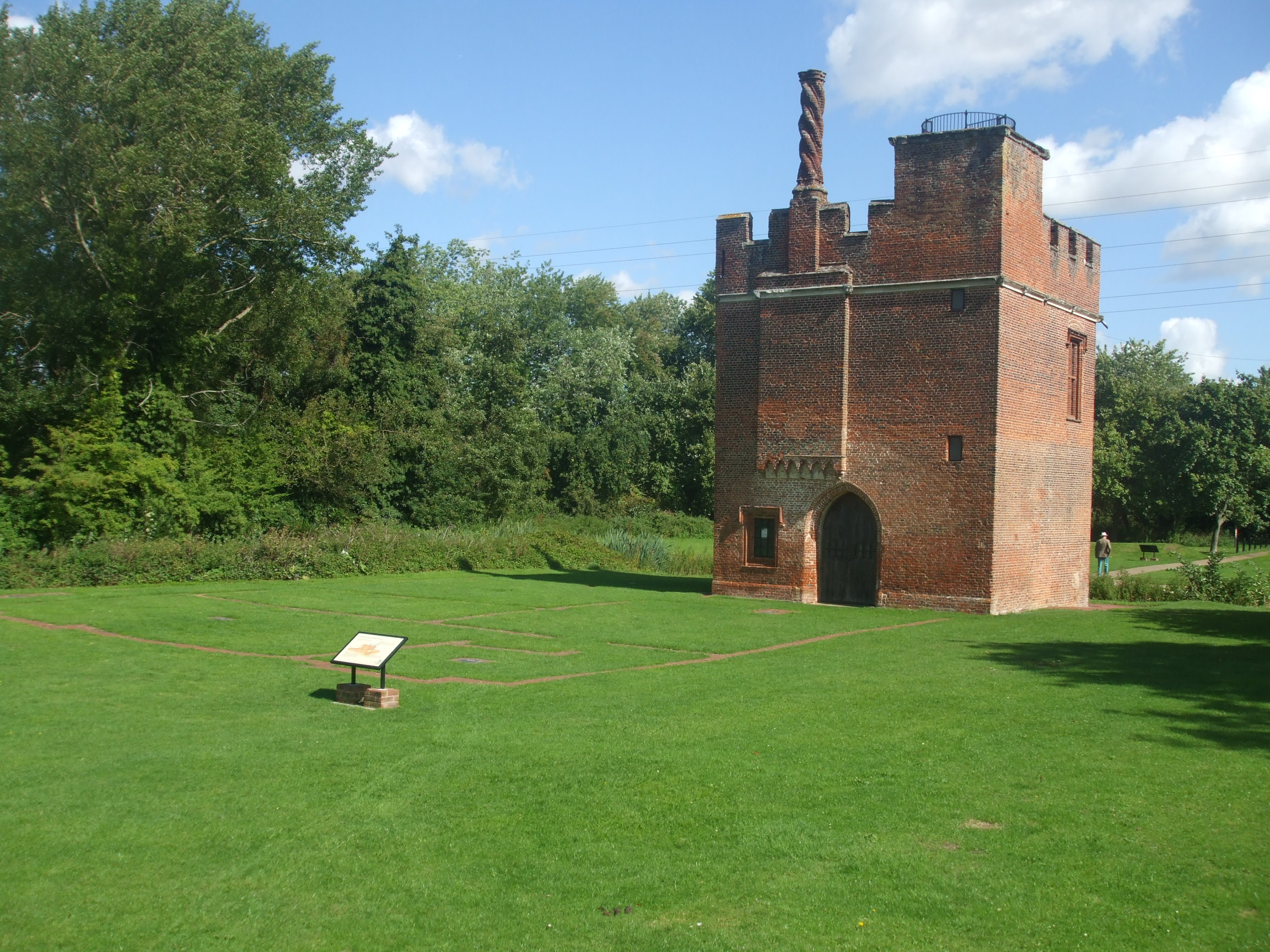
Katherine was just five years old at the time of Sir Thomas’s demise, so she probably remembered very little about him. Quite in contrast, her mother would become a central, much-loved and highly influential figure in the young girl’s life.
Lady Parr was twenty-five years old at the time of her husband’s death. With three small children to care for, Maud divided her time between her duties at court as lady-in-waiting and close friend of Katherine of Aragon and those of her role as chatelaine at Rye.
It is here that Katherine’s mother established a schoolroom for the younger generation of Parrs, and it is here that we can imagine Katherine receiving the avant-garde humanist education that was becoming fashionable at the beginning of the sixteenth century. Indeed, as an adult, Katherine’s sister Anne would recall how their mother had modelled the Parr children’s tuition on that prescribed by Sir Thomas More, the doyen of female Renaissance education.
According to Janel Meuller, author of The Complete Works of Katherine Parr, ‘a single tutor educated the three Parr children under a programme of study that included Latin, French, Italian and even some basic medical lore’. As she points out, letters written to Katherine by her stepchildren when she was queen attest to a certain level of competence in the aforementioned languages.
Her scholarly accomplishments later in life reveal her mastery of English. At the same time, the fact that Katherine always signed off her household accounts makes it likely that arithmetic was also on the curriculum. This latter skill may have been acquired due to Maud Parr’s association with the renowned scholar, cleric, mathematician and humanist Cuthbert Tunstall.
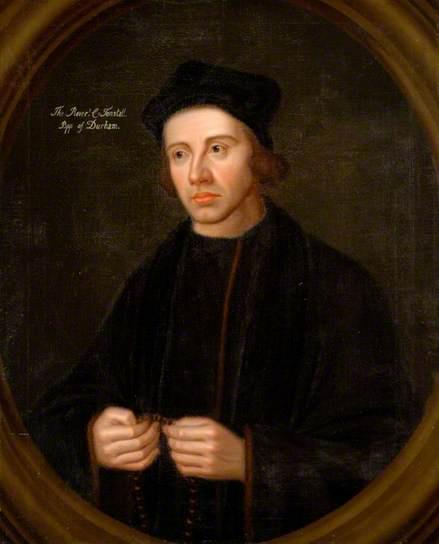
Although fatherless from an early age, Katherine was not bereft of male influence while growing up at Rye House. Maud was an intelligent and formidable woman in her own right. Yet, as was customary for the day, Lady Parr consulted with close male relatives on key matters, including the running of her estates and the children’s education. Two figures stand out in this regard: Katherine’s uncle, William Parr of Horton, and the aforementioned Cuthbert Tunstall.
Both men would provide a constant and guiding presence throughout Katherine’s life. However, Tunstall’s hand can perhaps be most keenly felt in his influence on the Rye House curriculum. This education couched within the strong bonds of family affection, would forge Katherine’s virtuous and kind but self-assured character.
We do not know what aspirations Lady Parr had for her daughters. Still, a well-rounded education for an aspiring Tudor lady also included mastering certain accomplishments such as dancing, music, riding and hunting. While Katherine, her siblings and cousins applied themselves diligently in lessons, there must have been much free time and space to learn these additional pursuits.
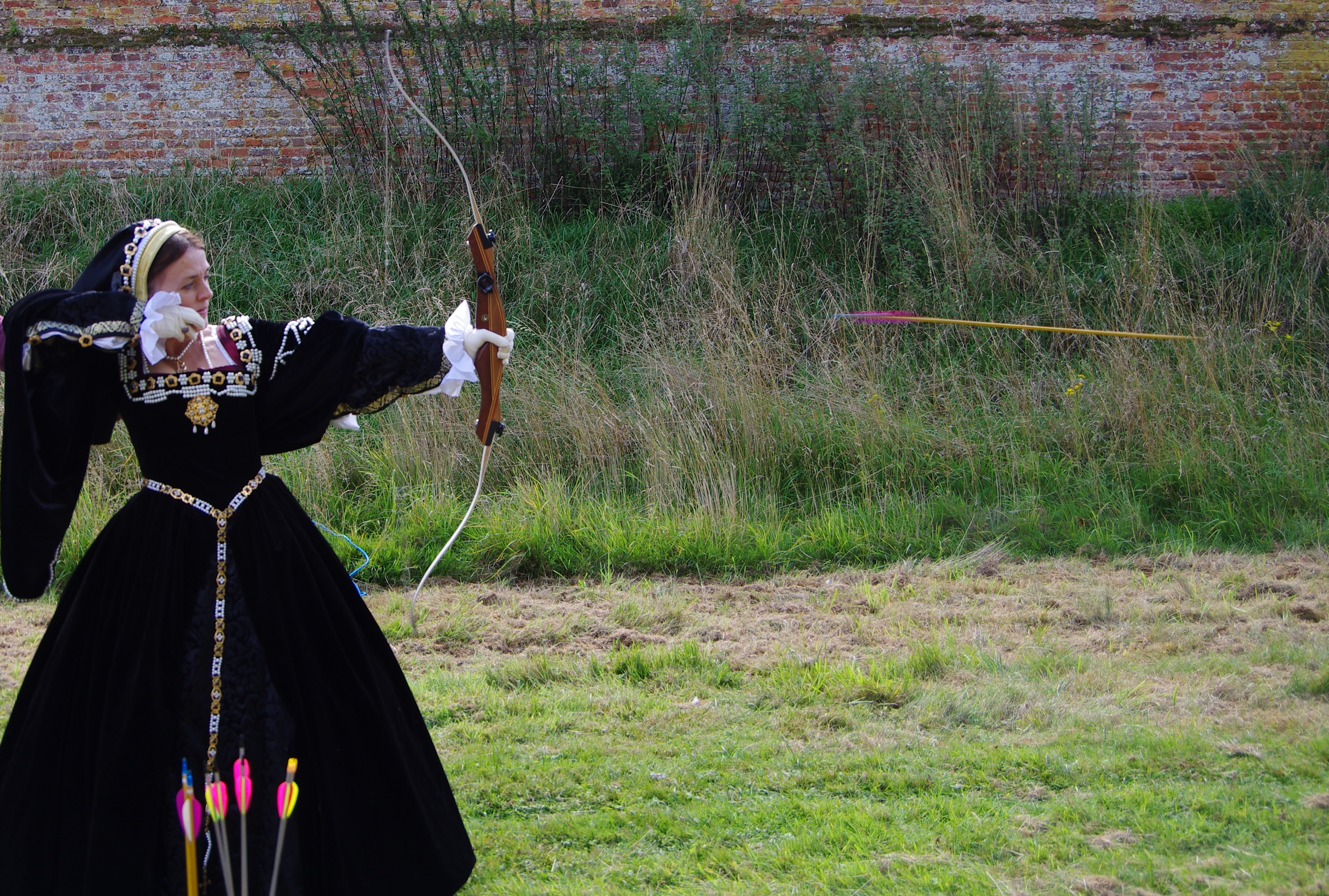
According to Katherine’s biographer, Linda Porter, ‘outside the schoolroom, Katherine Parr developed other interests and enjoyed a variety of pastimes. She liked country pursuits and was a keen rider and hunter. She collected coins, played chess and loved music and dancing.’ And so, Katherine’s idyllic life must have cycled from day-to-day, joyously punctuated by the return of Lady Parr from the court.
As the children began to mature, it is easy to imagine Katherine, William and Anne surrounding their mother’s skirts, listening agog to tales from court: of the new French fashions brought back to England by Mary Tudor, the dowager French queen, of a chivalrous and handsome King Henry, his gracious Spanish consort and the little Princess Mary; of power, intrigue and endless merry disport. It must have seemed a glittering and fascinating world so far away from the quiet idyll of Rye House.
Rye House – A Moated Medieval Manor
Although only the gatehouse still stands, we know much about the appearance of the manor house that Katherine called home for around twelve years, thanks to both archaeological excavations and a seventeenth-century plot to assassinate the then king, Charles II (known as The Rye House Plot). The judicial papers prepared for the prosecution of the conspirators contain not only a description of the house but a floor plan and illustrations that show the elevation of the building [This plan is included in the book, but for copyright reasons, it cannot be reproduced here].
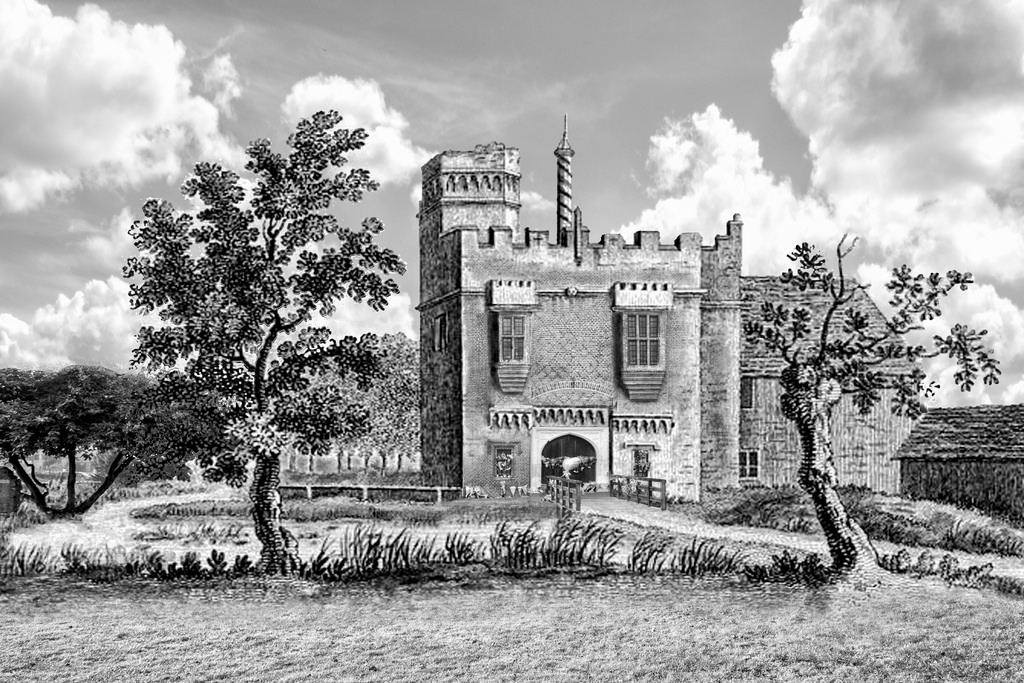
Construction of Rye House was begun in 1443 by the original Sir Andrew Ogard (grandfather of the aforementioned Sir Andrew). He was granted a licence to empark it, along with ‘50 acres of land, 10 acres of meadow, 80 acres of pasture and 16 acres of wood … and to enclose the site of the manor with stone and mortar, and to turret, remellare, embattle and machicolate it’.
The manor took its name from the surrounding marshland, known in the sixteenth century as the ‘Insula de Rye’. To the south-east was the River Lea, which ran to the rear of the moated enclosure, while to the north-west, in front of the gatehouse, ran the toll road toward Newmarket. At the time of its construction, the park of Rye House covered a total of 156 acres, giving the Parr children plenty of space to practice the arts of riding, hunting and hawking.
The manor itself is of particular interest to architectural historians. According to the paper Rye House and Aspects of Early Brickwork by T. P. Smith, ‘Rye House must be regarded as an early instance of a brick building in this country, after its re-introduction from the Continent’. Despite its modest size, from the moulded, decorative brickwork that remains today as part of the gatehouse, it is not hard to imagine what a splendid building this must once have been.
Surrounded by a 20-foot-wide moat, the rectangular inner enclosure, which contained the manor and its gardens, measured some 230 feet by 160 feet. As the opening quote makes clear, this enclosure was, in turn, surrounded by a high wall, set back some 16 feet from the moat on three sides, only the gatehouse abutting the water’s edge. Around four-fifths of this area was laid to gardens, the manor occupying only a small area in the northwest part of the enclosure.
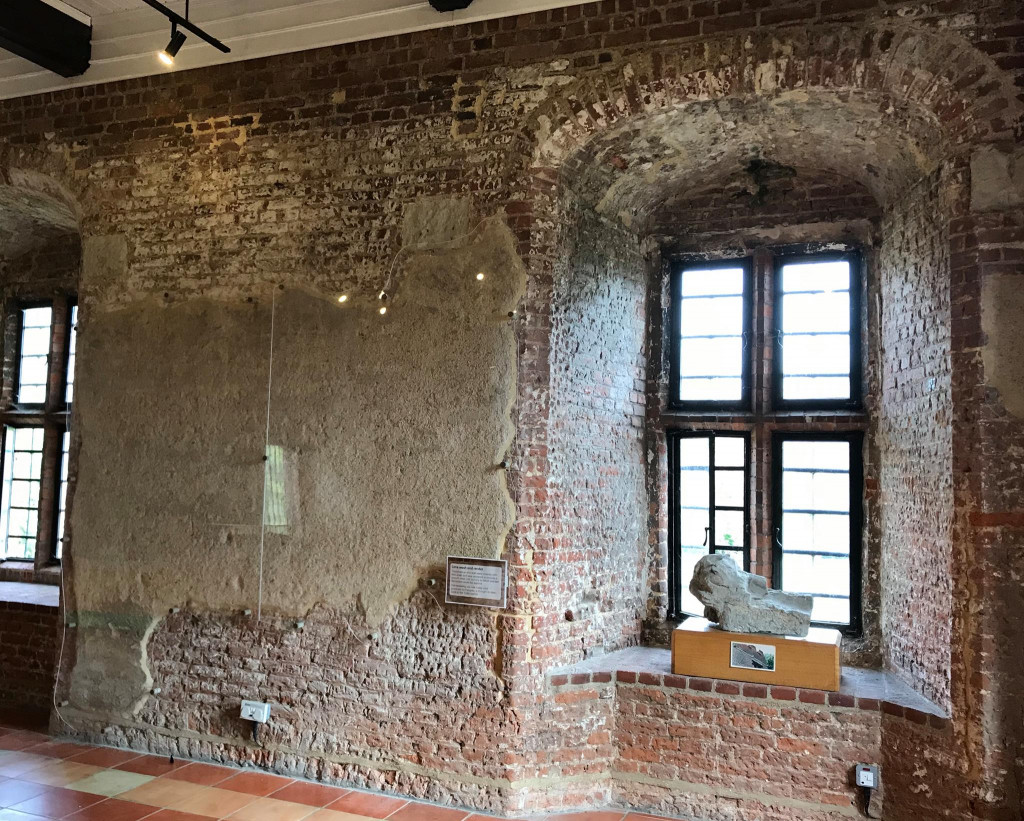
Inside the gatehouse – the upstairs room. Image kindly shared with me by one of my lovely Facebook followers!
According to Emery’s Greater Medieval Houses of England and Wales, the gatehouse was part of the residential accommodation at Rye House. It opened into a small court, 40 ft by 24 ft, with buildings on three sides and a low gated wall on the fourth. Steps close to the gatehouse gave entry to the almost square hall, 32 ft by 26 ft, with the kitchen and offices at its lower end abutting the gatehouse.
Across the small court were two linked parlours. These parlours adjoined the great hall at its high end and would have made up the principal living chambers for the Parr family. Was it in one of these parlours, or maybe the large first-floor chamber of the gatehouse, that the children took their daily lessons? The manor was not grand in terms of the number of rooms it contained, so options for placement of the schoolroom are limited. With so little left of the original manor, it is delicious to think that maybe a room of such importance might have survived unrecognised through some quirk of fate.
The End of an Era
By 1525, Katherine’s days of innocence were coming to an end. At just twelve, her brother was sent away to be brought up in the household of Henry Fitzroy, the newly created Duke of Richmond. Two years earlier, Katherine herself had already been subject to a failed round of marriage negotiations with Lord Scrope of Bolton.
However, four years later, a new set of negotiations was successfully completed with a different suitor. Katherine was seventeen when she was contracted to become the wife of Edward Borough, the twenty-year-old son and heir of Sir Thomas Borough of Gainsborough in Lincolnshire. A new life awaited her in the northern shires of England. Katherine would surely need to draw upon all the learning she acquired at Rye to navigate the sometimes choppy waters that lay ahead.
Visitor Information
Today, the remains of Rye House have been engulfed by the march of time. A little like a visit to Gainsborough Old Hall, as you approach, you will wonder if you are in the right place! Surrounded by rather dull and tatty land used for domestic and commercial purposes, the time traveller emerges suddenly on the site, Rye’s handsome gatehouse standing encircled by the moat as it has been for centuries.
The grassy enclosure that once formed beautiful formal gardens is laid to lawn as a small park used by locals. Free parking is on-site and you are likely to find yourself with plenty of space to wander around the gatehouse and admire its fine architectural features. Within the enclosure and behind the gatehouse, the outline plan of Rye House is marked out on the lawn, each chamber helpfully labelled to help you identify where you would be standing in the house during its heyday.
What is immediately apparent is just how compact and bijoux Katherine’s childhood home was – certainly a far cry from the grand palaces she would come to know as home. Yet, as you wander around with your thoughts to keep you company, perhaps you might reflect on the fact that, small as it may be, Katherine’s rise to the pinnacle of Tudor society is due in no small part to the accomplishments acquired and the character forged here at Rye House.
On a few days of the year, the gatehouse is open to view its interior chambers. Please see the website for further details. At all other times, only the exterior is accessible.
If you wish to learn more about Katherine Parr and her later life, visit The Tudor Times to read more.

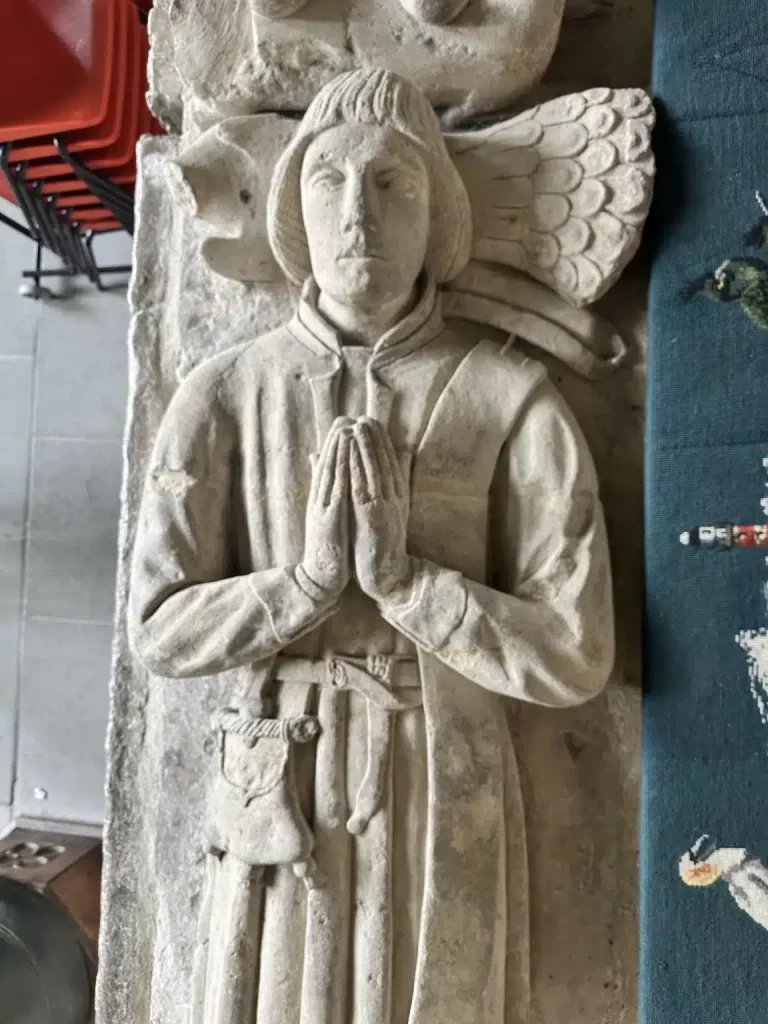
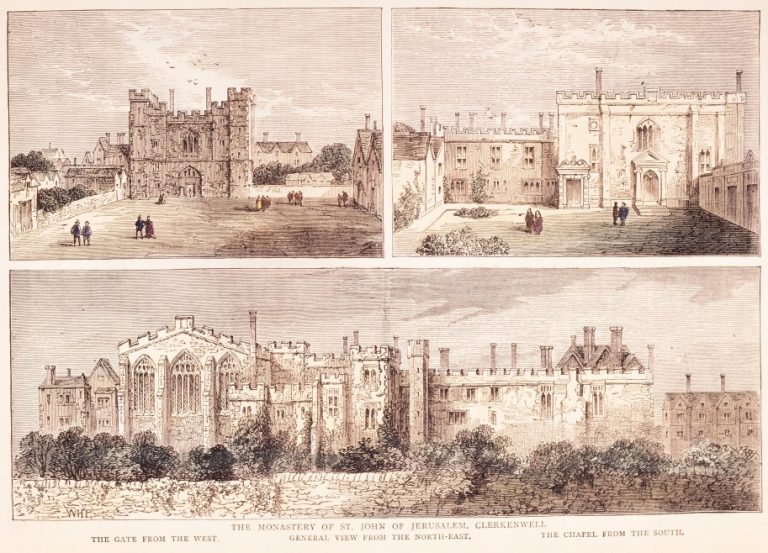
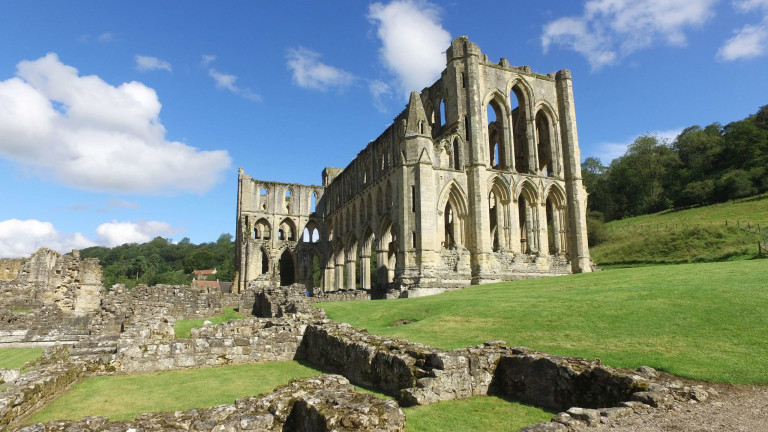
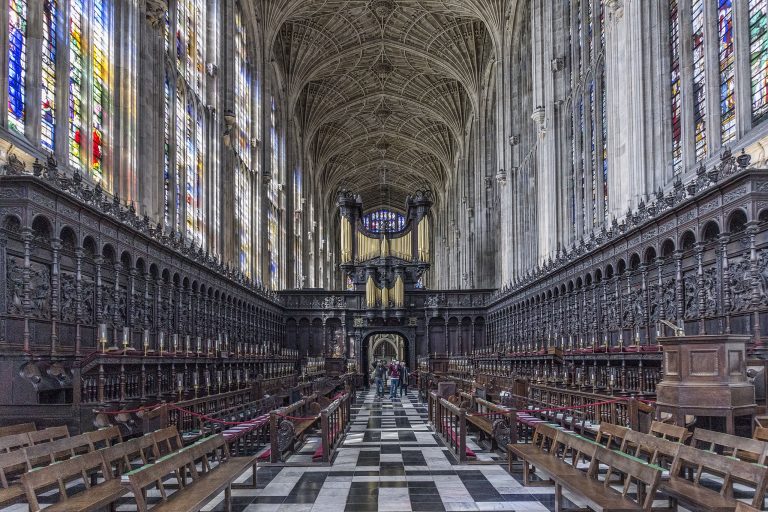
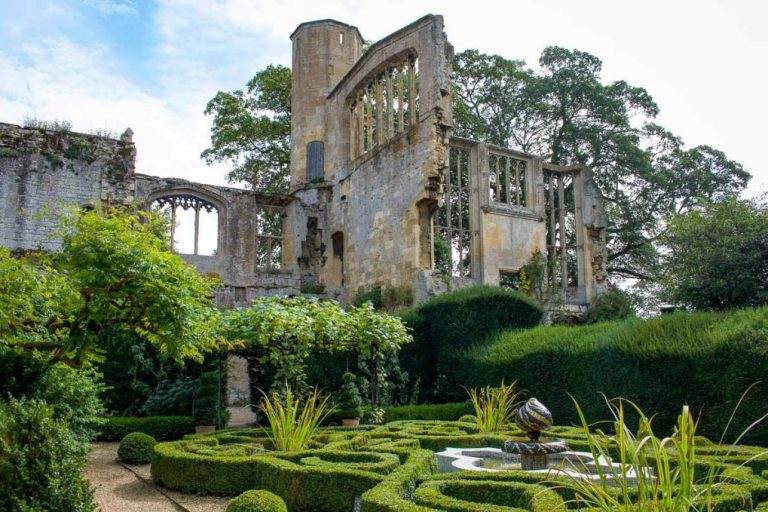
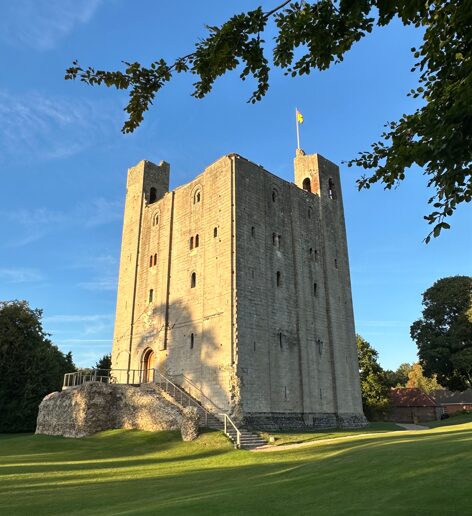
Very interesting Sarah.
Thank you very much!